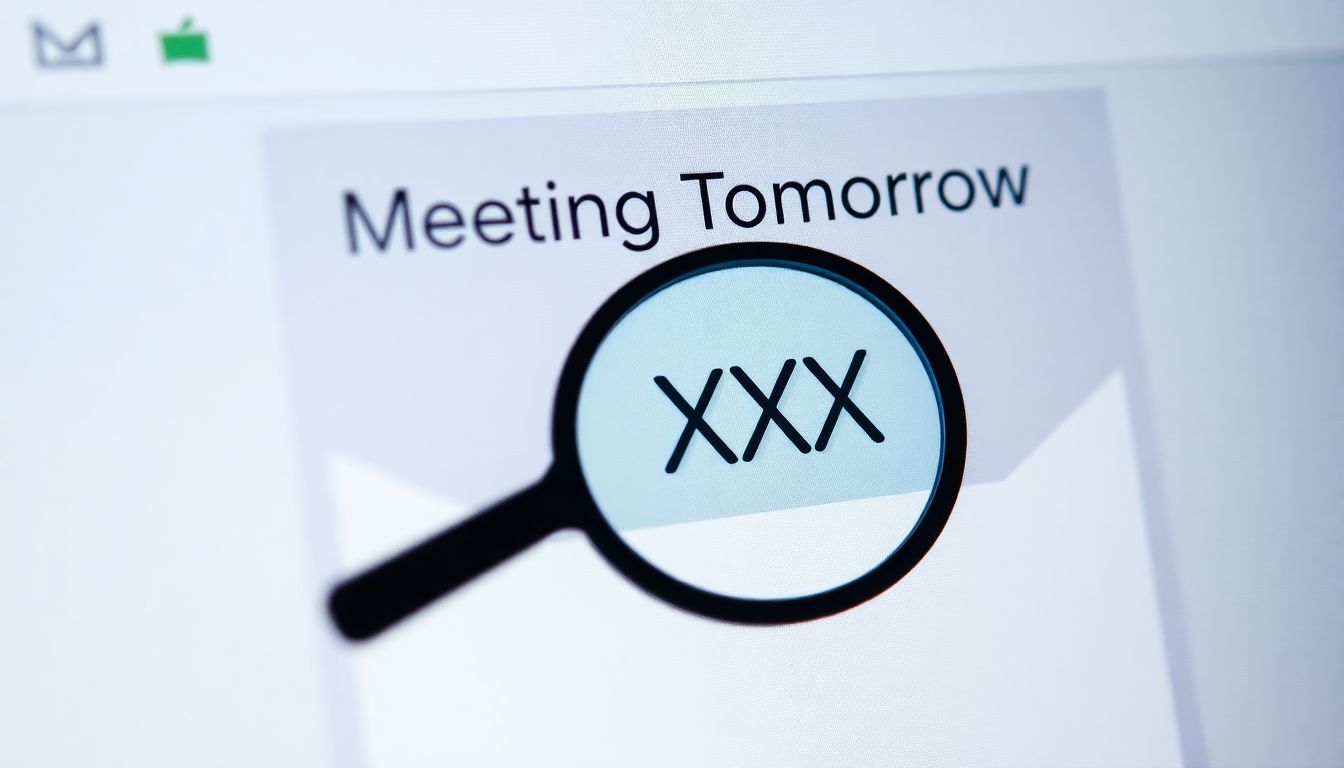Avoid "XXX" in Emails: Why Kissing Emojis Can Trigger Spam Filters
Imagine sending an important email, only to discover it’s vanished into the abyss of the spam folder. Frustrating, right? This scenario plays out more often than you think. Emails stuck in spam not only fail to reach their destination but can severely impact communication and business relationships. One common pitfall? The use of "XXX" or kissing emojis, which can trigger spam filters.
How Spam Filters Work: Unveiling the Algorithm
Keyword Analysis
Spam filters scrutinise email content for words that raise flags. Certain keywords signal potential issues. "XXX" is a prime example, closely linked to adult content.
Heuristic Analysis
Filters also identify patterns. If an email resembles spam in structure, it can be dumped in the junk folder. Even innocent phrases can lead to false positives.
Bayesian Filtering
This method assesses the probability of an email being spam based on prior data. If emails with similar phrases have been marked spam before, your email might share their fate.
Why "XXX" and Kissing Emojis Are Red Flags
Association with Unsuitable Content
Using "XXX" directly relates to adult themes. Even if your intention is playful, spam filters may misinterpret the context.
Misinterpretation by Algorithms
Emojis like kisses can confuse algorithms. They often don’t understand context, so what seems innocent to a human could trigger a red flag to a filter.
Contextual Significance
Even if the sender's intention is harmless, the mere presence of "XXX" or emojis can lead to emails being classified as spam.
Real-World Examples of Emails Blocked by "XXX"
Case Study 1
An event invitation with a kissing emoji was flagged as spam, preventing important attendees from seeing it.
Case Study 2
A professional consultant sent an update with "XXX" thinking it added a touch of friendliness. Instead, it crashed into spam, damaging credibility.
Case Study 3
Consistent use of flagged terms led to the sender being marked negatively. Their reputation suffered, impacting future email campaigns.
Best Practices for Professional Email Communication
Alternatives to Emojis
Instead of emojis, consider using words like "best regards" or "warm wishes" to express friendliness without risking a filter reaction.
Email Content Optimization
Focus on clarity and professionalism. Keep the subject lines straightforward and avoid sensational language that might raise alarms.
Monitoring Email Deliverability
Regularly check deliverability rates using tools to track how many of your emails land in inboxes versus spam folders.
The Impact on Sender Reputation and Email Deliverability
Decreased Open Rates
When emails consistently end up in spam, it lowers open rates. Less visibility means fewer opportunities to connect with clients.
Damaged Sender Reputation
A poor delivery record tarnishes your professional image. This can dissuade potential clients from trusting your communication.
Potential for Blacklist Inclusion
Continued spam flagging can lead to blacklisting by email services. This may permanently affect your ability to reach recipients.
Conclusion: Safeguarding Your Email Communication
Keeping emails out of spam folders is crucial. Avoid using "XXX" and kissing emojis in professional contexts. Use clear language and monitor your email deliverability to ensure better communication. Small changes can make a big difference, ultimately protecting your reputation and improving your email effectiveness.

